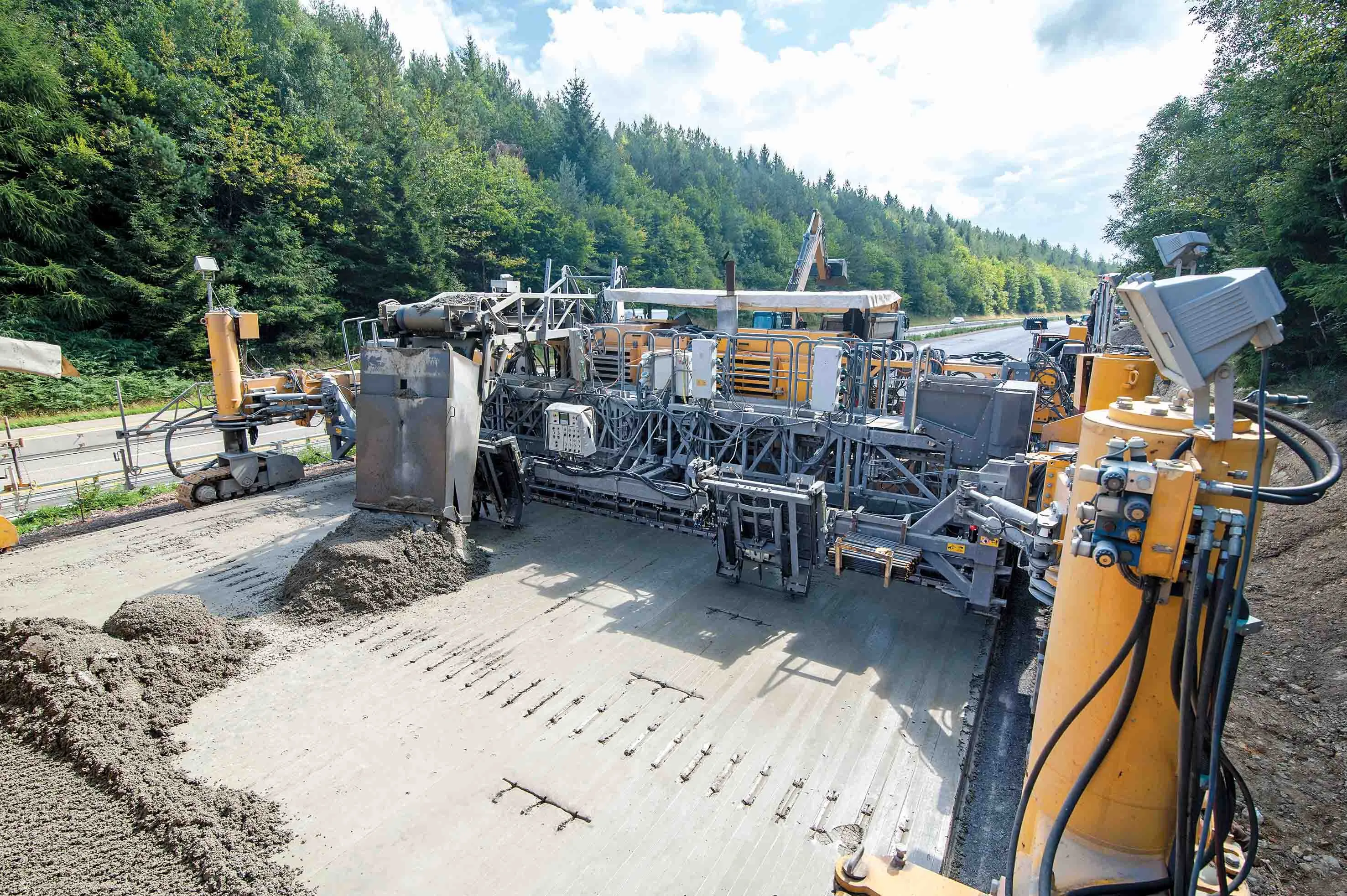
Sri Lanka’s main international airport now features a new runway surface that will help improve air transport efficiency at the facility
The project was carried out successfully, despite a tough time schedule, boosting safety at the airport. This new runway will help increase capacity at the airport, allowing Sri Lanka to develop the tourist sector on which the country depends heavily for its economic growth.
The work at the international airport for Sri Lanka’s capital Colombo was carried out with the help of compaction and paving equipment from
Because this reconstruction project was prioritised as an important transportation hub for the China Belt & Road Initiative, it was carried out by the Chinese contractor, China National Aero-Technology International Engineering Crop (AVIC-ENG). This contractor specialises in carrying out work outside of China, including construction activities. The firm utilised eight Dynapac twin drum compactors rollers; five of the CC522 models and three of the CC624 units. These asphalt compactors operated behind the four Dynapac pavers; two SD2530CS and two SD2550 models. These machines were able to lay the asphalt and compact it to the tight specification required by the client, ahead of the original time schedule.
Work started on the project at the beginning of 2017 and the job was initially expected to be complete by April 6th 2017. However, the main runway construction was finished before the end of March 2017 due to the efficiency of the contractor’s operations and also the dependability of the equipment and the support provided. Working day and night, the paving crew was able to operate at high speed while delivering a precise finish.









